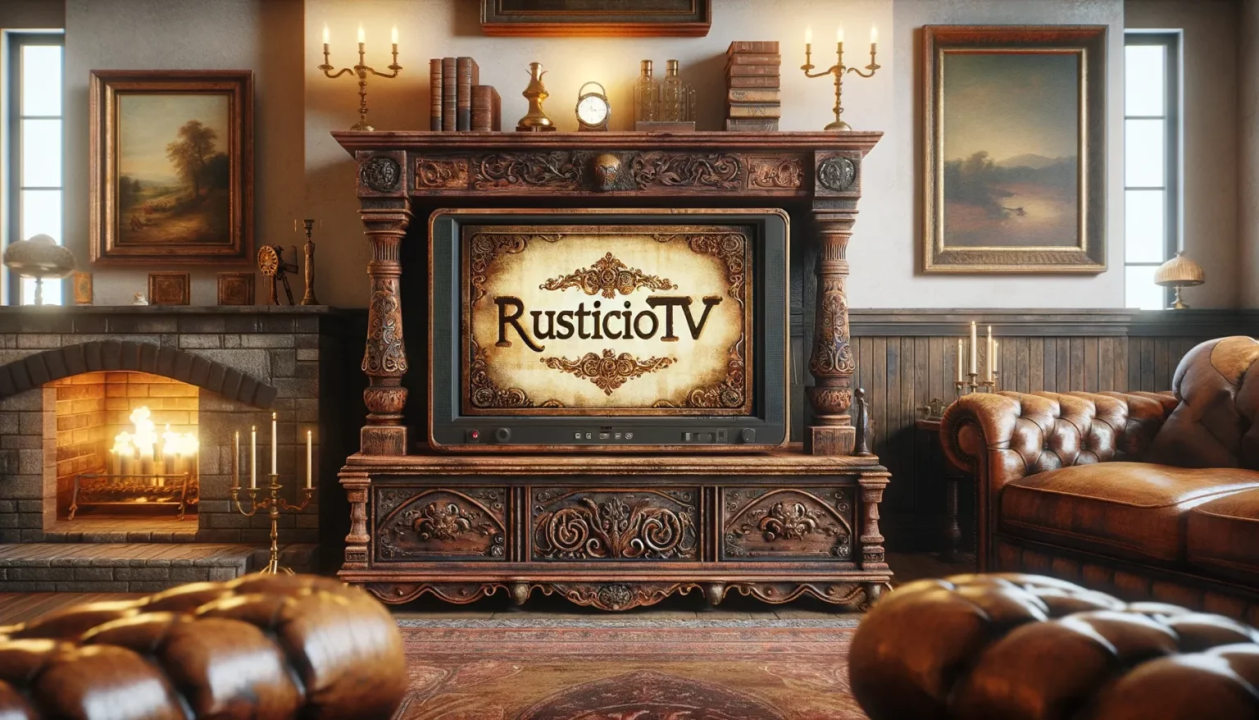Finding the optimal viewing angle for your wall-mounted TV is crucial for an immersive home theater experience. While basic fixed TV mounts only allow minimal adjustments, articulated swivel and tilt mounts provide enhanced flexibility through a wide range of motion. But along with the key benefits, these movable mounts also come with some drawbacks to weigh.
Before we start on the article, if you want a professional TV Mounting service in Dallas, please visit: https://hometechgeeks.com/service/tv-mounting-services-dallas/. Let’s dive deeper into the pros and cons of swivel and tilt TV wall mounts to make an informed choice for your space.
Pros
Customized Viewing Angles
The major advantage of swivel and tilt TV wall mounts is the ability to customize viewing angles based on your unique seating arrangement and room layout. Articulating arms allow you to swivel your TV left and right, and tilt it up and down to achieve the perfect screen positioning relative to your eyes. This level of flexible adjustability is impossible with fixed mounts. You can pivot and angle the TV to avoid glare from windows or lights for optimal visibility.
Reduced Glare and Eyestrain
Tilting your TV downwards can significantly reduce glare and reflections from overhead lighting, allowing you to actually see what’s on the screen. Swiveling side-to-side lets you reposition the TV to avoid glare off sunlit windows that can make screens appear washed out. Optimizing viewing angles this way results in less eyestrain and squinting to see the TV properly.
Enhanced Ergonomics
Tilting a wall-mounted television lower through a swivel and tilt mount can improve viewing ergonomics. Elevated TVs positioned too high force you to gaze upwards uncomfortably. Tilting the screen down to an appropriate height for your sitting eye level helps avoid neck craning and hunching when watching for extended periods. Positioning the TV for comfortable straight-on viewing reduces fatigue.
Greater Placement Flexibility
The range of motion provided by swivel and tilt mounts gives you greater flexibility in where you can place your TV on the wall while still being able to angle it optimally. No matter where you mount the bracket, you can adjust swivel and tilt to dial in the sweet spot viewing position. This additional placement flexibility simply isn’t possible with fixed mounts. You’re no longer limited to one narrow viewing angle.
Cons
Limited Range of Motion
While swivel and tilt mounts provide enhanced adjustability, each model has its own maximum range of motion. Some may not be able to achieve certain extreme angles required for tricky room layouts. If the mount’s swivel or tilt range is too constricted, you still might not be able to orient the TV to the desired position. Check specifications to ensure the mount can articulate enough for your needs.
Added Expense
Articulating swivel and tilt mounts generally cost more than basic fixed mounts due to the movable arm mechanisms and extra parts needed. While fixed mounts start under $20, swivel and tilt designs range from $30 up to $100+ for large TV models. The engineering required for adjustability adds cost. Evaluate if the additional price is justified.
Potential for Swaying
With very large, heavy TVs, over-extending a swivel and tilt mount’s range of adjustment can lead to instability and swaying of the TV screen. Extended arms combined with a heavy display may shift over time, requiring periodic re-tightening. This can be avoided with proper mounting installation and not pivoting the TV too far, but is a consideration.
Ongoing Adjustments
While set-it-and-forget-it fixed mounts retain their original position permanently, swivel and tilt mounts need periodic readjustment. If you alter your room layout, seating, or viewing preferences, a fixed viewing angle may no longer be optimal. With movable mounts, it takes effort to pivot, drop, and tilt the TV to a new desired angle. This ongoing tweaking may be inconvenient.
Final Words
In most home theater scenarios, the viewing flexibility and angle customization of swivel and tilt mounts outweigh the drawbacks. For larger living spaces in particular, articulated mounts provide significant viewing improvements over fixed mounts. But factor in the required range of motion and weight capacity when selecting the ideal mount for your television setup. Achieving the perfect viewing angle matters for an immersive experience.
On a final note, if you want immaculate TV mounting service, you should always contact a professional.










